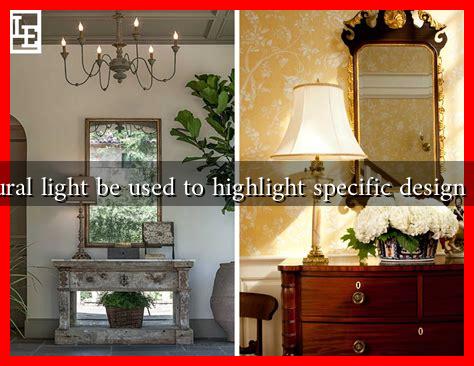-
Table of Contents
Can Natural Light Be Used to Highlight Specific Design Elements?
Natural light is a powerful tool in architectural and interior design, capable of transforming spaces and emphasizing specific design elements. By strategically utilizing sunlight, designers can create atmospheres that enhance the aesthetic appeal and functionality of a space. This article explores how natural light can be harnessed to highlight design elements, supported by examples, case studies, and practical tips.
The Importance of Natural Light in Design
Natural light not only illuminates spaces but also influences mood, productivity, and well-being. Studies have shown that exposure to natural light can improve mental health and increase productivity in work environments. According to a report by the World Green Building Council, buildings with ample natural light can enhance employee satisfaction by up to 20%.
Highlighting Design Elements with Natural Light
Designers can use natural light to draw attention to specific features within a space. Here are some effective strategies:
- Strategic Window Placement: Positioning windows to allow sunlight to stream in at certain times of the day can create dramatic effects. For instance, a large window facing the sunrise can illuminate a feature wall in the morning, enhancing its colors and textures.
- Skylights and Light Tubes: These installations can bring light into areas that might otherwise be dark, such as hallways or bathrooms. A well-placed skylight can highlight a beautiful ceiling design or artwork.
- Reflective Surfaces: Using mirrors or glossy finishes can amplify natural light, directing it towards focal points. For example, a mirror opposite a window can double the light entering a room, making a small space feel larger and more inviting.
- Translucent Materials: Incorporating materials like frosted glass or sheer curtains can diffuse sunlight, creating a soft glow that highlights textures and colors without overwhelming the space.
Case Studies: Successful Use of Natural Light
Several architectural projects have successfully utilized natural light to enhance design elements:
- The High Line, New York City: This elevated park integrates natural light into its design, with strategically placed openings that allow sunlight to filter through. The use of light not only highlights the park’s landscaping but also creates a dynamic atmosphere that changes throughout the day.
- Farnsworth House, Illinois: Designed by Mies van der Rohe, this iconic structure features floor-to-ceiling glass walls that invite natural light while framing the surrounding landscape. The interplay of light and shadow emphasizes the simplicity and elegance of the design.
- Apple Park, Cupertino: The headquarters of Apple Inc. is designed with extensive glass facades that maximize natural light. The open layout and use of light enhance the workspace, promoting creativity and collaboration among employees.
Practical Tips for Designers
For designers looking to incorporate natural light into their projects, consider the following tips:
- Analyze Sun Path: Understanding the sun’s trajectory throughout the year can help in planning window placements and shading devices.
- Use Color Wisely: Lighter colors reflect more light, making spaces feel brighter. Consider using light-colored materials for walls and furnishings to enhance the effect of natural light.
- Incorporate Greenery: Plants can thrive in natural light and add vibrancy to a space. They can also soften the harshness of direct sunlight, creating a more inviting atmosphere.
Conclusion
Natural light is an invaluable asset in design, capable of highlighting specific elements and enhancing the overall ambiance of a space. By understanding how to manipulate sunlight through strategic design choices, architects and interior designers can create environments that are not only visually appealing but also promote well-being and productivity. As demonstrated through various case studies, the thoughtful integration of natural light can transform ordinary spaces into extraordinary experiences. For more insights on the impact of natural light in design, visit the World Green Building Council.

